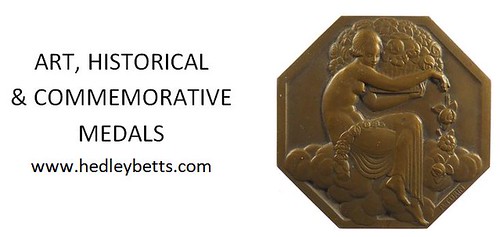
PREV ARTICLE
NEXT ARTICLE
FULL ISSUE
PREV FULL ISSUE
CHINESE PAPER MONEY AT THE ROYAL SOCIETYJohn Mellman passed along this numismatic item by Jon Bushell from The Royal Society's The Repository, found via the PhiloBiblos blog. Thanks! -Editor The Royal Society has many connections with Chinese scientific and historical institutions. Our Foreign Secretary Professor Richard Catlow FRS, and Executive Director Dr Julie Maxton, recently went to China to visit our scientific colleagues, and just last week the Library team hosted several guests from the Qian Xuesen Library and Museum in Shanghai. They were here to research Qian Xuesen's visit to the United Kingdom in 1987, as the leader of a delegation from the China Association for Science and Technology. This provided an opportunity to show off some of our archival material, and to reflect on the long history of relations between the Royal Society and China.  One of the oldest Chinese documents we have is a Ming dynasty paper banknote, likely printed around 1400. Paper money is a Chinese invention, dating back to around the tenth century. A common practice among Chinese merchants was to store their coin with a trusted agent, and carry an early form of promissory note instead; these could be used in place of the coins themselves, and be exchanged for the money with the agent at a later time. The Song dynasty developed this practice further, and by the twelfth century it operated a number of printing factories, creating paper notes for use in particular regions of the Empire. Kublai Khan adopted the practice when he conquered China and established the Yuan dynasty in 1271. The Italian merchant Marco Polo was so intrigued by the idea that he devoted a chapter of his book to the subject of ‘How the great Khan Causes the Bark of Trees, Made into Something Like Paper, to Pass for Money All over His Country'. The concept of paper money began to spread to Europe around this time, but it wasn't until the seventeenth century that the practice really took off in the West. In Peking on 9 November 1748, Gaubil wrote a letter to Royal Society secretary Cromwell Mortimer, and enclosed two banknotes, one of which Mortimer gifted to the Society in 1749. It is a 1 guan, or one-string, note, meaning that the bearer could exchange it anywhere throughout the empire for a string of 1000 copper coins. However, the government did not set limits on how many notes could be printed, and the bills had no expiry dates; this led to huge levels of inflation, and by 1535 a 1 guan note was worth less than a third of one copper coin! To read the complete article, see:

Wayne Homren, Editor The Numismatic Bibliomania Society is a non-profit organization promoting numismatic literature. See our web site at coinbooks.org. To submit items for publication in The E-Sylum, write to the Editor at this address: whomren@gmail.com To subscribe go to: https://my.binhost.com/lists/listinfo/esylum All Rights Reserved. NBS Home Page Contact the NBS webmaster 
|